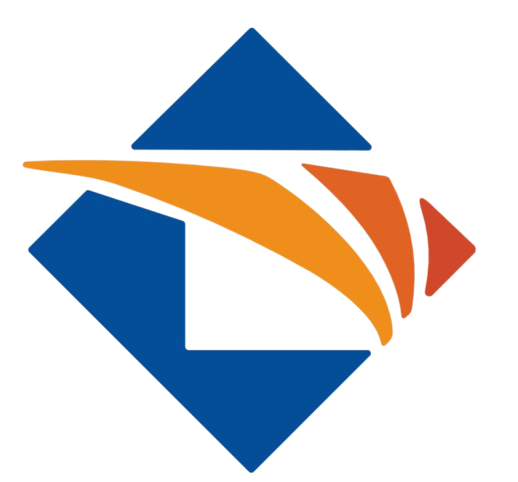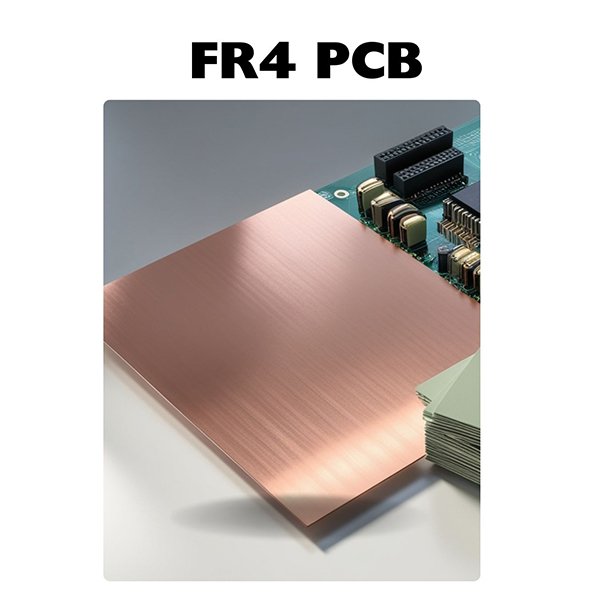FR4 PCB Circuit Board
FR-4 is a highly versatile, cost-effective material widely used in printed circuit board (PCB) manufacturing. Its beneficial properties make it a standard choice, which is why we’re dedicating an article to explore its features, types, and practical considerations.
Overview of FR-4 Properties and Composition:
FR-4 is a standard defined by the National Electrical Manufacturers Association (NEMA) for a glass-reinforced epoxy resin laminate. The “FR” in FR-4 stands for “flame retardant,” indicating compliance with the UL94V-0 standard for flame resistance. All FR-4 PCBs feature a UL94V-0 code, ensuring flame resistance and rapid self-extinguishing properties.
FR-4’s glass transition (TG) temperature ranges from 115°C to 200°C, depending on manufacturing methods and resin types. Standard FR-4 PCBs consist of a layer of FR-4 sandwiched between two layers of laminated copper. Additionally, FR-4 includes bromine, a flame-resistant halogen, which has replaced the earlier G-10 composite due to its improved durability and fire resistance.
Key advantages of FR-4 include a favorable strength-to-weight ratio, water resistance, high mechanical strength, and excellent insulating capacity in both dry and humid conditions.
Types of FR-4:
1. Standard FR-4: Features heat resistance of approximately 140°C to 150°C.
2. High TG FR-4: Offers a higher glass transition temperature around 180°C.
3. High CTI FR-4: Has a Comparative Tracking Index above 600 volts.
4. FR-4 without Copper Lamination: Used in insulation plates and board supports.
More details on each type are discussed further here.
Choosing the Right FR-4 Thickness:
• Component Compatibility: FR-4 thickness affects the types of components you can use. For example, through-hole technology (THT) components may require thinner PCBs.
• Space Optimization: Thinner boards are ideal for compact designs, especially for USB connectors and Bluetooth accessories where space-saving is essential.
• Structural Design and Flexibility: Thicker boards offer greater flexibility, allowing for V-grooves, while thin boards can be at risk of breaking in larger dimensions.
• Environmental Suitability: Consider the application’s environment, as thin boards may be more susceptible to heat and warping, particularly in sensitive fields like medical electronics.
• Impedance Control: Thickness influences impedance control, which can be critical in specific designs.
• Connector Compatibility: The thickness of FR-4 must align with the types of connectors used in your circuit design.
Why Choose FR-4?
FR-4’s affordability makes it ideal for producing small PCB batches and for electronic prototyping. However, it may not be suitable for high-frequency circuits or applications where flexible PCBs are essential. In such cases, alternative materials like polyimide or polyamide might be preferable.
Proto-Electronics’ FR-4 Options
1. Standard FR-4
--- SHENGYI S1000H: Thickness from 0.2 to 3.2 mm.
--- VENTEC VT 481: Thickness from 0.2 to 3.2 mm.
2. FR-4 High TG
--- SHENGYI S1000-2: Thickness from 0.6 to 3.2 mm.
--- VENTEC VT 47: Thickness from 0.6 to 3.2 mm.
3. FR-4 High IRC
--- SHENGYI S1600: Standard thickness 1.6 mm.
--- VENTEC VT 42C: Standard thickness 1.6 mm.
4. FR-4 without Copper
--- Epoxy glass without copper, suitable for insulation plates, templates, and board supports.
--- Available thicknesses from 0.3 to 5 mm, manufactured from Gerber or DXF mechanical drawings.




